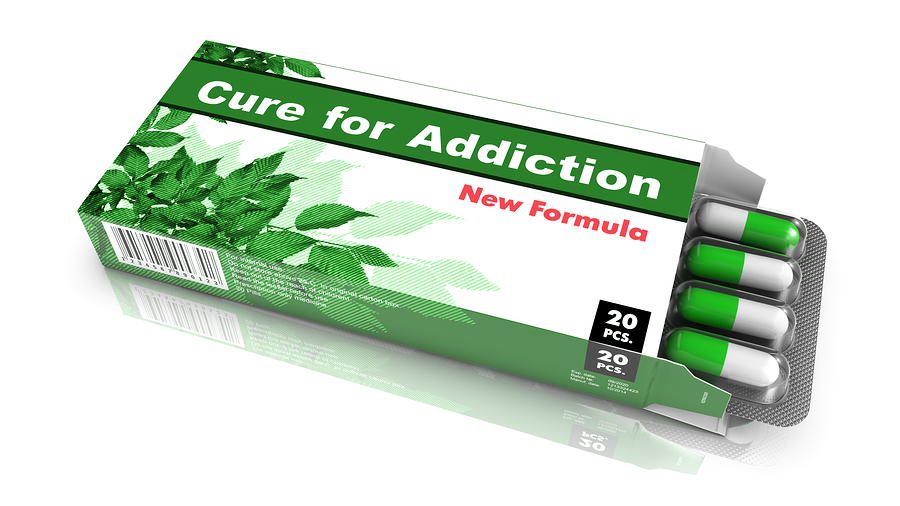The disease model of addiction has done much to help remove the stigma associated with addiction. However, a new more realistic view of addiction is needed for true recovery from drug and alcohol abuse.
In the room of a 12 step meeting such as Alcoholics Anonymous and Narcotics Anonymous, the concept of the disease model of addiction began as a way to remove stigma that was associated with addiction. This article from Psychology Today gives more detail about the history of the model.
Reminding attendees they had a chronic disease which required abstinence from drugs and alcohol served two purposes. First, abstinence from drugs and alcohol is critical for any successful recovery and second, individuals with a disease could process both the stigma placed on them by others and their own guilt without the prejudice which had long followed addicts.
Addiction is a complex problem, but it is not a medical one. The results of addiction can certainly cause medical problems, but the problem itself is a behavioral one. This behavior is symptomatic of a problem that in a social context is a maladaptive pattern which began as an attempt to solve a life issue or problem. Discovering what these life problems are is critical to resolving the addiction. Despite any genetic or chemical deficiency which may contribute to these symptoms, addiction is simply a symptom of a larger problem. The resulting disastrous consequences whether they be medical, financial, familial and or legal may cloud the original problem and solving such merely camouflages the underlying issue. This underlying issue then, not being solved, either lies dormant, later surfacing resulting in relapse OR it temporarily bandaids the person making them sober for a while until the temporary solution fails at which point the person may relapse. Hence the concept “relapse is a part of recovery”.
At the end of the 20th century, a new diagnosis became popular with child psychologists and that was attention deficit disorder. This diagnosis led to a number of childhood problems being labeled as a disease. Parents and teachers alike were responding to behavioral difficulties with their children. These children were bursting with energy, unable to concentrate and often acted out in class. Teachers felt that they were a distraction to others and parents ceded common sense to the experts. The solution then as it is today was to prescribe powerful stimulants to these children in order to calm them down.
This is how a handful of childhood problems, once corrected with firm discipline and good control, was gradually changed into a disease, supported with diagnostic codes and clinical studies. However, in the years since, many experts have come forward to admit that ADD and the adult version ADHD are not really diseases but a set of behaviors which could be corrected without the use of medications. An entire generation was drugged unnecessarily and the consequences to our society are yet to be felt.
This same mechanism is now occurring with addiction. The disease model of addiction is leading down a path that will not result in true recovery but instead will create a generation which believes they are not responsible for their own actions and that a pill can cure anything.
